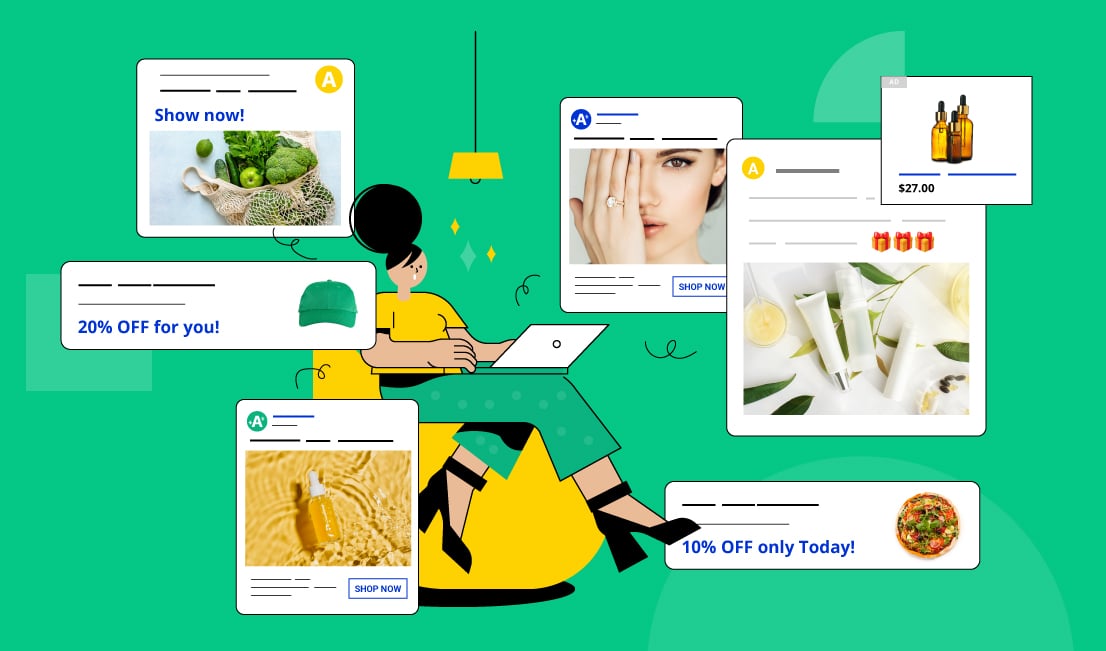4 min read
According to Segment’s 2017 State of Personalization Report, after a personalized shopping experience, 44 percent of consumers were likely to become repeat buyers, and 39 percent were likely to tell friends or family.
However, many marketers today still struggle with the execution of website personalization, and a lot of misunderstandings on this topic doesn’t really help. Here we break down the five most common ones, and separate the facts from the fiction.
1. It Is All About Content
Firms are justifiably proud of their content, but user engagement relies on much more than just content. The overall user experience is much more important, and personalization plays a huge part in that.
Consider Amazon. Its website sells almost everything under the sun, so its content offering is pretty unbeatable. However, it wouldn’t be a fraction as successful if it relied on that. Instead it suggests other items you might like to buy, provides streamlined transaction options like one-click purchasing, discounted bundle items and more, all personalized to the customer. If it had rested on its laurels and been content with its content alone, it wouldn’t be the e-tail behemoth it is today.
2. It Only Affects Returning Customers
All of the Amazon examples above rely on data from returning customers, but personalization is possible for first-time visitors too.
By leveraging third-party data, artificial intelligence (AI ) can collate and analyze unified data from sources like apps, CRM and cookies from other websites, and discover your prospects’ interests, behaviors, demographics, geographical location, and more. You can use this to build an audience profile, so the first time they visit your site they will be welcomed like an old friend.
3. It Requires Rigorous Audience Segmentation
This requires a meticulous understanding of your audience in order to segment it into exact components, right? Not necessarily.
Predictive user segmentation is more focused on automatically identifying and creating effective user segments based on possible future actions – it does this by leveraging AI to analyze data around user behavior and interests. It doesn’t just take a customer’s past behavior as proof that they will behave that way again; instead, it builds up a picture of them as people and predicts how they will act given all manner of variables. It is predictive rather than prescriptive, which makes it more accurate at forecasting future behavior.
4. Customization and Personalization Are the Same Thing
The two terms are often used interchangeably, but they mean completely different things. Customization means letting a visitor decide between preset options in order to change their experience. However, personalization is something the website operator does in order to tweak the visitor’s experience based on their wants or needs.
Customization is reactive, because the visitor reacts to the choices you give them (this can be the website layout, the order of feeds, font size, and so on). Whereas personalization is proactive, because it requires the company running the website to make predictions about the visitor and adjust the user experience accordingly. It is data driven too, relying on first- and third-party data.
5. It Requires a Lot of Technical and Engineering Expertise
You can easily find companies offering AI-as-a-Service (AIaaS) that allows you to use out-of-the-box AI solutions for personalization, without needing to build an in-house data science team, which can be expensive and time-consuming.
So what do you need to consider when finding a good AI partner? According to a recent Forrester Study commissioned by Appier, offering AI solutions across the whole life cycle from marketing to services is considered by more than half of the companies as the most important criteria. You might also want to look at the potential partner’s out-of-the-box solutions with practical data engineering capabilities, and data management capabilities.
Website personalization can be complex, but it is also much misunderstood in many cases. However, considering its power to convert visitors and provide a much more seamless user experience, it is a concept well worth getting to grips with.
* Want to know more about how you can use Appier’s AIQUA proactive customer engagement platform to excel in web personalization for your brand? Get in touch with us today!



